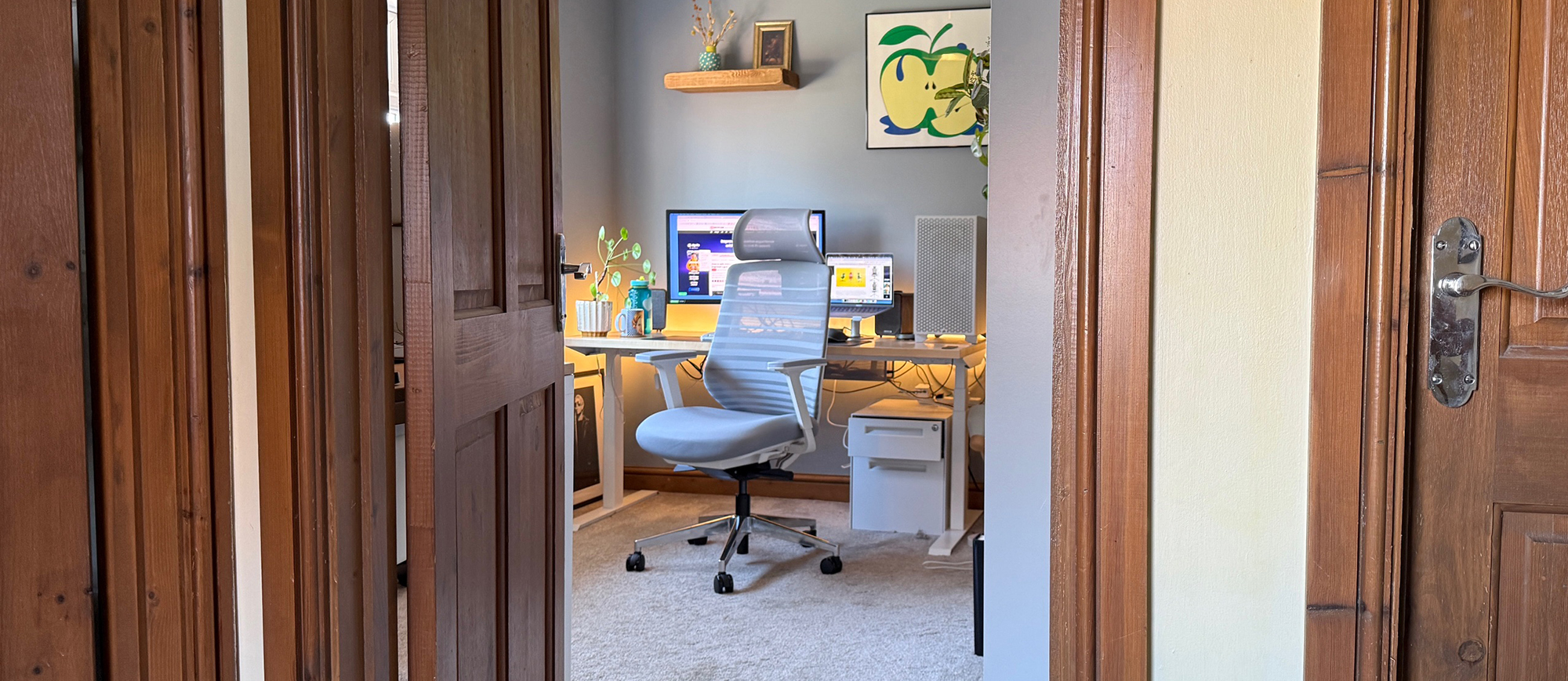Blender tools: features every 3D artist should know
Discover how you can make the most of Blender's impressive toolset.
Blender for years has been one of the great paradoxes of the 3D creation toolset. It is completely free and has one of the most diverse feature sets of any digital content creation application, and with cutting-edge render options… why would anyone use any other application?
The reason was that Blender historically has liked to plough its path in the mechanics of how 3D is created. Blender is developed as an open-source application by developers from around the world. While this, on one hand, is great as it allows the previously mentioned diverse toolset. This way of developing did also lead to an application that, while as stable as many other applications on the market, lacked the refinement in terms of the user experience.
This would mean that many 3D artists who came over to Blender would find that its ‘unique’ way of working would get in the way of the vast array of creative possibilities that Blender is capable of. (For an example of what the software can achieve, check out these Blender tutorials.)
The core team behind Blender though have grasped this issue with the latest major release, version 2.8. With Blender 2.8, the user interface gets a very professional lick of paint and is infinitely friendlier for a new artist coming to Blender.
With tooltips along the bottom of the screen, logical toolbars and dialog boxes and finally the left-mouse button now set as default, Blender 2.8 is friendlier than it has ever been – and because of this new friendliness, Blender gives artists the opportunity to really see what the software is capable of, and the answer is, practically anything that an artist would want.
Modelling, animation, FX, sculpting, rendering and compositing are all available within Blender, which can be rendered with a variety of GPU-accelerated, real-time and NPR-style render options. With version 2.8, the argument for not using Blender in a 3D pipeline becomes moot, as it is now the best bargain available for 3D artists.
Let's take a look at what's new in Blender 2.8, and how you can get the most out of it.
Get the Creative Bloq Newsletter
Daily design news, reviews, how-tos and more, as picked by the editors.
01. More intuitive UI
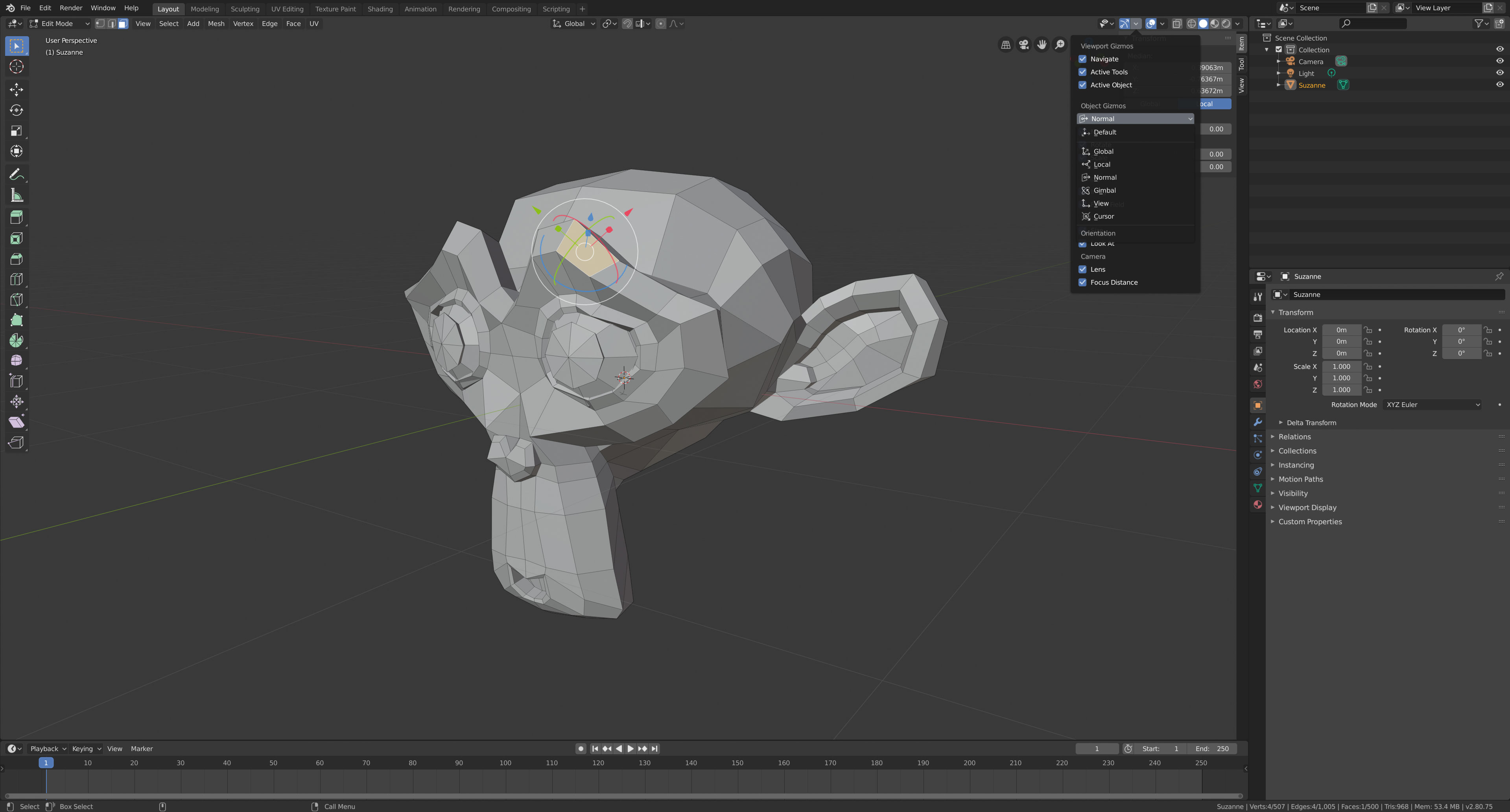
Blender 2.8 fixes many of the issues for artists who are embedded with other 3D software and find it challenging to integrate Blender into their workflows.
First of all, like in most other 3D applications, the left-mouse button is now the default selection button, whereas in older versions of Blender it was the right-click button. Alongside a new refined dark look, with a logical tabbed interface across the top, Blender 2.8 ‘feels’ like a commercial 3D application.
For more UI tips, head on over to this guide to Blender shortcuts.
02. Upgraded render engines
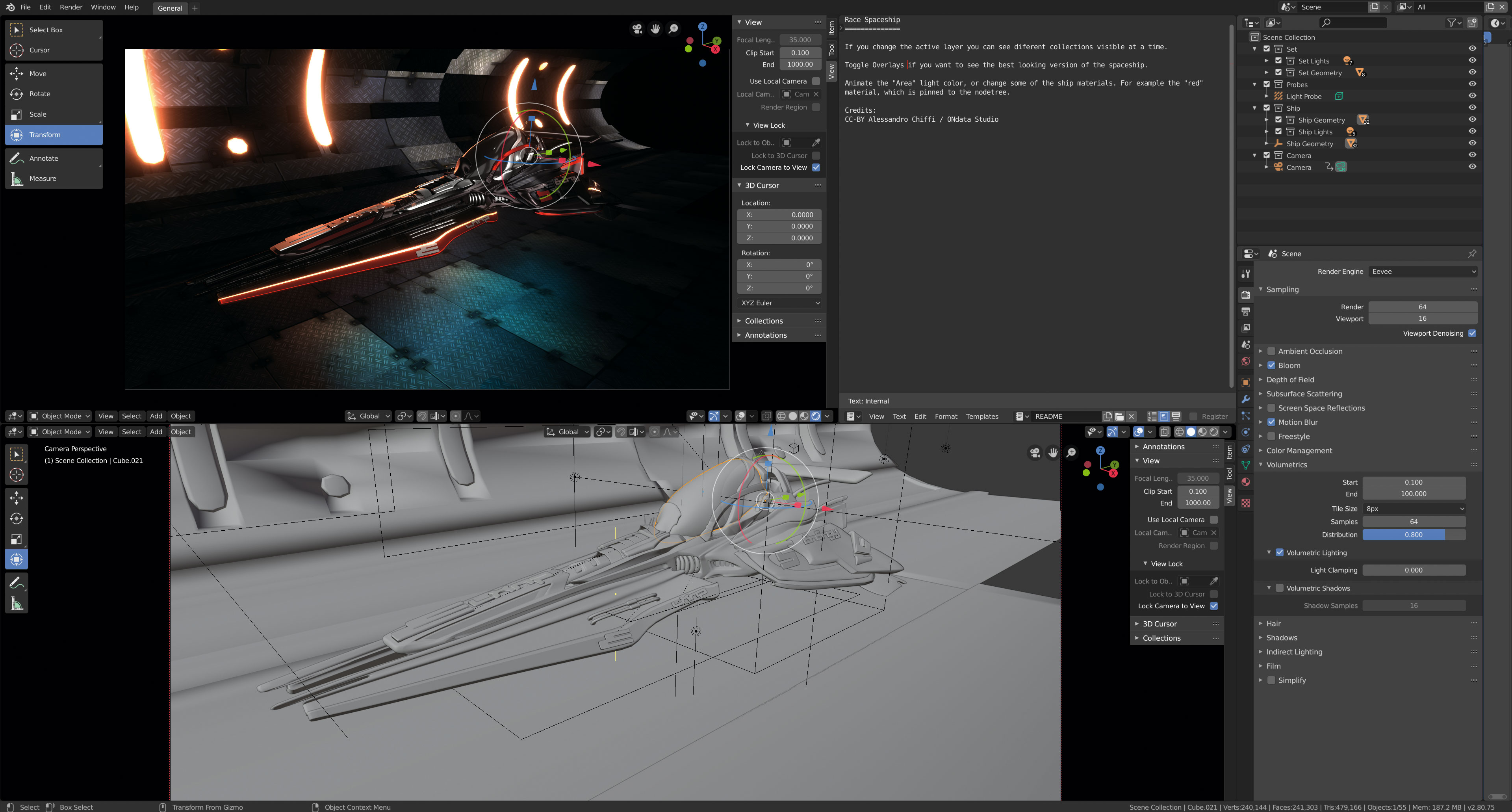
The render engines that come with Blender 2.8 are some of the best on the market. Cycles is a PBR-based render engine that can utilise a computer’s CPU and GPU.
In Blender 2.8, Cycles is supplemented by the new EEVEE real-time engine, which along with improvements to the main viewport (workbench) and NPR (freestyle) render solutions means that Blender 2.8 can create practically any image. This tutorial even shows you how to create interiors with Blender's EEVEE.
Third-party render solutions also exist, such as AMD ProRender.
03. Fully integrated dynamics modifiers
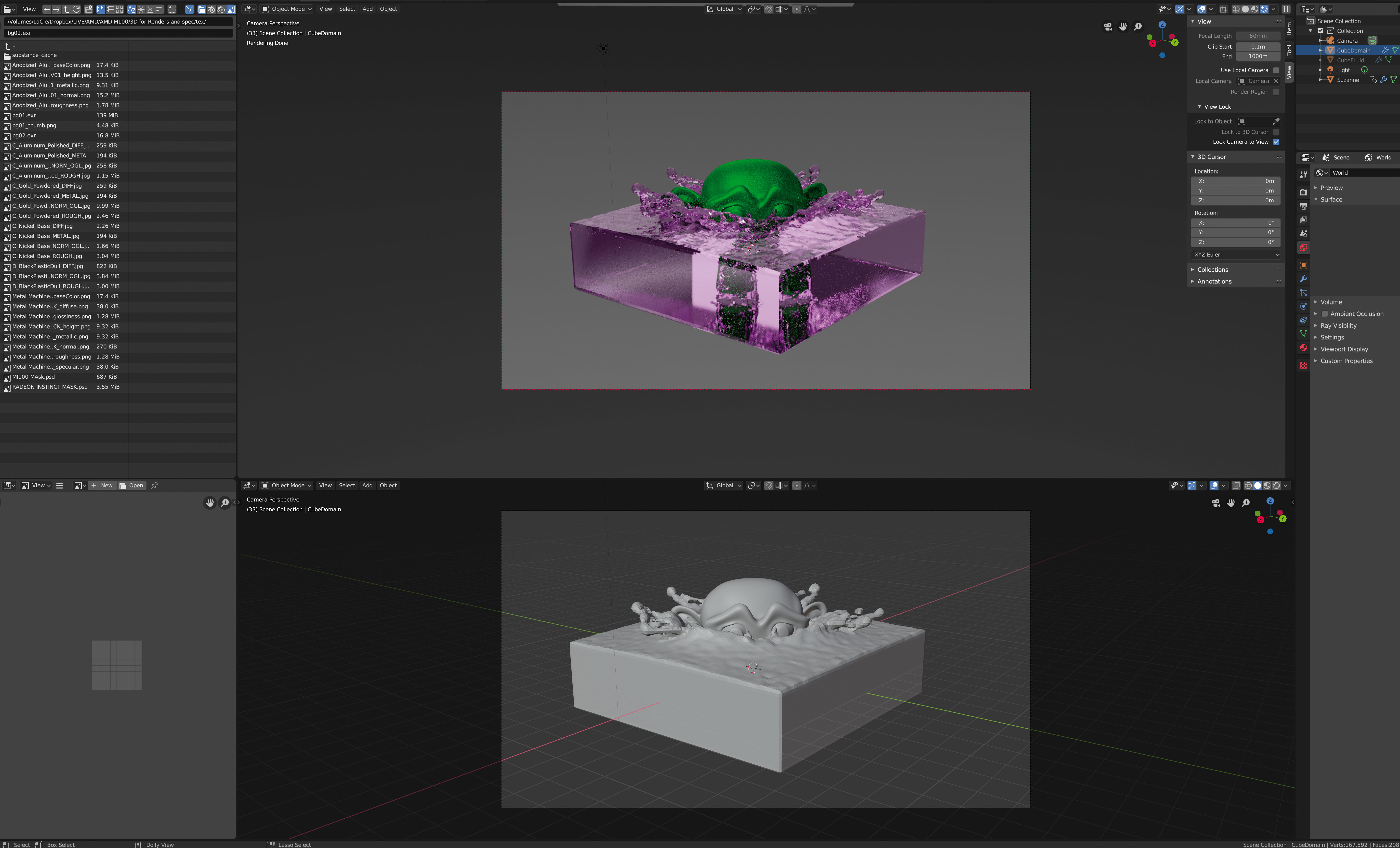
Blender 2.8 builds on the already impressive toolset that previous releases of Blender had by properly integrating dynamics modifiers with the UI, making it simple to see which of the dynamics modifiers have been added.
Blender has a full fluid sim, rigid and soft body dynamics and particle systems. As Blender can export and import common 3D formats such as Alembic, it means that Blender is an excellent addition for simulations if an artist’s existing core 3D app does not support them.
04. Next-level sculpting tools
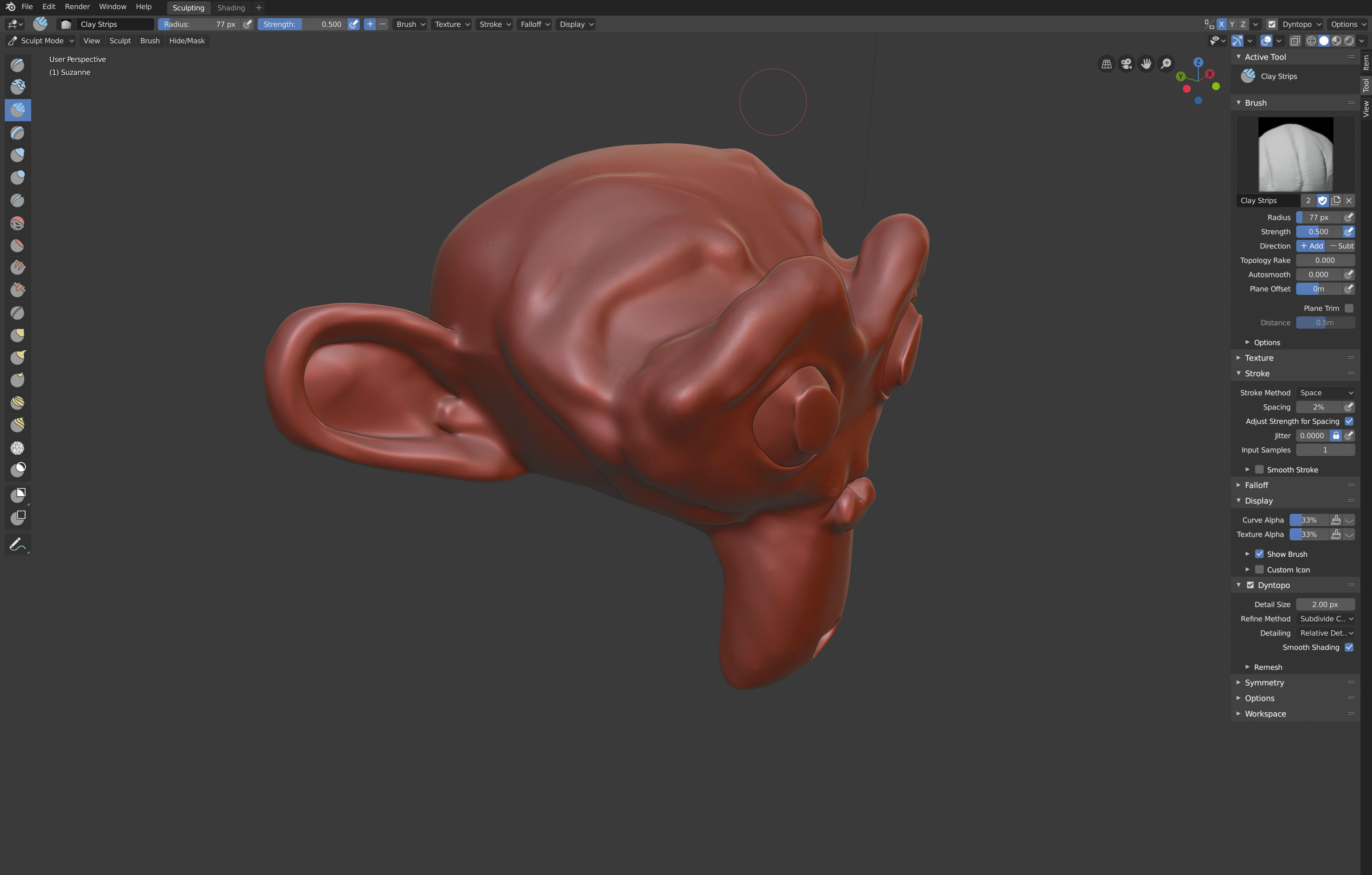
Blender has one of the best sculpting engines available, with advanced topology tools such as Dyntopo that sculpts geometry onto a mesh without the need to subdivide the original model.
As sculpting is deeply integrated within Blender, if an artist needs to use the other modelling or animation toolsets within the software, they are all available and the sculpt model does not need to be adapted, allowing dynamic creation of all aspects of a scene.
This article originally appeared in issue 254 of 3D World, the world's leading magazine for 3D artists. Buy issue 254 or subscribe here.
Related articles

Thank you for reading 5 articles this month* Join now for unlimited access
Enjoy your first month for just £1 / $1 / €1
*Read 5 free articles per month without a subscription

Join now for unlimited access
Try first month for just £1 / $1 / €1

Mike Griggs is a veteran digital content creator and technical writer. For nearly 30 years, Mike has been creating digital artwork, animations and VR elements for multi-national companies and world-class museums. Mike has been a writer for 3D World Magazine and Creative Bloq for over 10 years, where he has shared his passion for demystifying the process of digital content creation.
